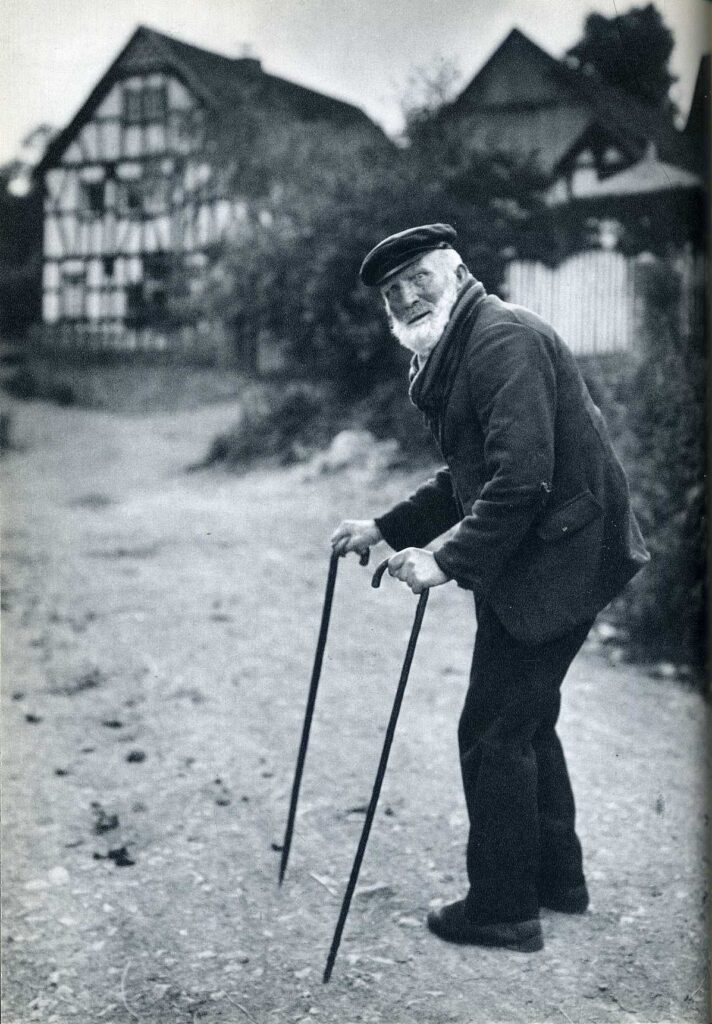MOODBOARD









An environmental portrait is a portrait executed in the subject’s usual environment, for example their home or workplace, and typically illuminates the subject’s life and surroundings. The term is most frequently used of a genre of photography.
The surroundings or background is a key element in environmental portraiture, and is used to convey further information about the person being photographed.
While it is often true that the background may dominate the subject, this need not necessarily be so. In fact, the details that convey the message from the surroundings can often be quite small and still be significant. It can be used as a way to tell a story.
Two good rules of thumb when attempting to photograph people in their surroundings:
1. “Half of all location photography is moving furniture.”
2. “‘Available light’ means any light that’s available.”
Both sayings have been attributed to the great location portraitist Arnold Newman. More importantly, each can help spell the difference between a good environmental portrait and a great one.
Why shoot environmental portraits?
- they give context to the subject you’re photographing
- they give points of interest to shots (something you need to watch as you don’t want to distract from your subject too much)
- they help your subject relax
- they often give the viewer of your shots real insight into the personality and lifestyle of your subject
These shots sit somewhere between the purposely posed shots of a studio portrait (they are posed and they are unmistakably ‘portraits’) and candid shots which capture people almost incidentally as they go through their daily life.
Some important objectives are:
Spend time getting to know your subject.
Choosing a Location- Your person needs to associate with the background or location.
Props
Posing- This can depend on the mood/tone of your image.
Camera Settings
Typologies- A body of work with a consistent style. Often portrayed in many different forms, some being in a structured group with equal spacing in-between or a particular style in general like the style of environmental portraits. Environmental portraits are often associated with the style of typology as they are always structed images with the same idea of the subject looking into the camera and often centred.
MINDMAP

